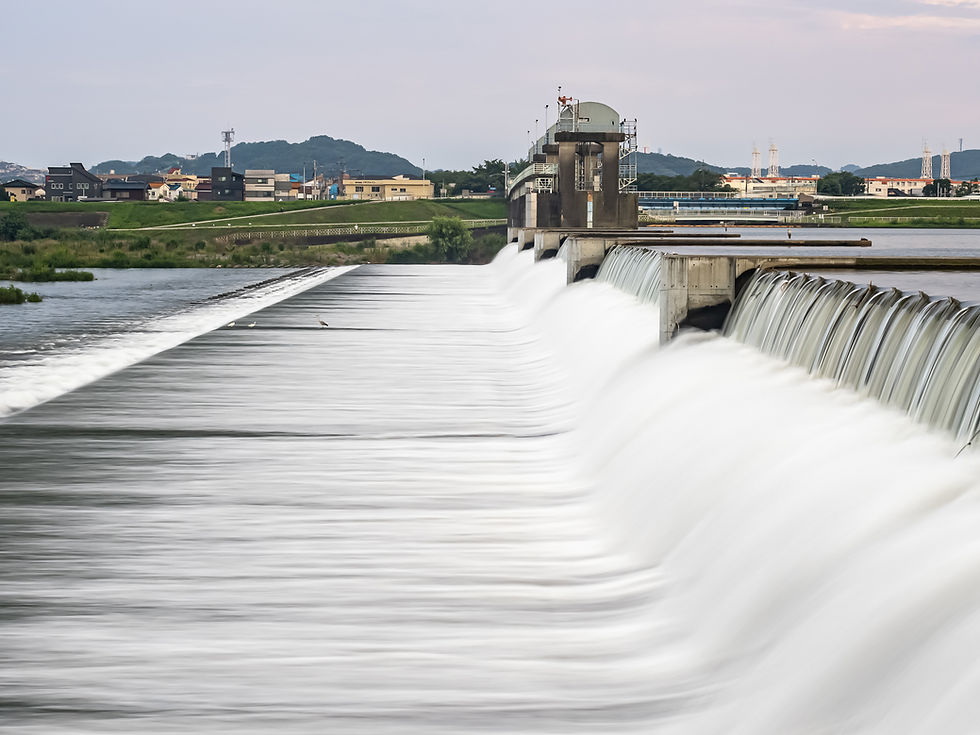Geo-resistivity Survey for Groundwater in Itogon, Benguet
- generaladmin2
- Feb 2
- 3 min read
Updated: Jul 4
Client: Local Government of Itogon, Benguet
The growing water crisis in Benguet has become impossible to ignore. Despite a rapidly expanding population — now over 61,000 residents, accounting for nearly 13% of Benguet’s total population (Census 2020)—most registered water sources in the area remain privately owned. With no major public reservoirs or comprehensive distribution systems in place, access to domestic water is becoming increasingly inequitable, especially in the crowded municipal centers. Source: Water Management in Benguet.The need for a reliable and sustainable groundwater source has never been more urgent.

Our client, tasked with supporting the community's needs, faced repeated setbacks. Before approaching Groundsolv Development Corporation, their local team had already experienced six failed drilling attempts, leading to unnecessary costs, delays, and frustration. These failures could have been avoided by consulting reliable soil experts at the start of the project — highlighting how crucial accurate site investigations are for groundwater sourcing.
To break the cycle of uncertainty, we used the geo-resistivity method, the most effective technique for groundwater exploration. This method determines subsurface structures, compositions, and water content — providing clear data on aquifer depths, thicknesses, and bedrock locations. Source: Bureau of Soils and Water Management

Through the geo-resistivity survey, the team should be able to identify the best drilling points for deep water wells, drastically reducing the risks of failure. With accurate site information, the engineering team can now avoid costly remobilization, plan materials efficiently, and move forward confidently in constructing and placing a sustainable groundwater supply system. In a region where every drop matters, getting it right the first time is not just smart — it's essential.
With this data, the engineering team will avoid uncertainty and unnecessary expenses such as cost of remobilizing the drilling operations and appropriately plan materials for the construction and placement of the groundwater well.
Our Team lead by Engr. Kristian as our General Manager with a decade of experience in Soil Engineering went to the field and with the use of our has advanced geo-resistivity technology equipment that can get real time data, with advanced geo-resistivity technology, we ventured into the rugged terrain of Itogon.
Our goal was clear: to pinpoint potential groundwater sources that could sustain the growing needs of the community. Despite the challenges posed by the region's low-yielding aquifer and limited previous studies, our determination never wavered. We never give up on this task to help the clients determine a feasible location for a Deep well.

Using the survey data, we identified several feasible sites, each holding the potential to provide much-needed relief to the area. The geo-resistivity report also includes the accurate well design that contains the information about the exact location, aquifer depth, well depth, estimated yield, and cost of construction of the project. We never give up on this task and provide detailed data to help the clients determine a feasible location for a deep well.

Key Insights:
Low-Yielding Aquifer: Itogon's aquifer, as previous geological studies have shown, yields minimal water, making our discovery even more significant.
Data Scarcity: The lack of extensive previous studies meant we were navigating largely uncharted waters.
Groundwater Survey Challenges: Limited space for conducting surveys added another layer of complexity to our mission.
Growing Demand: The increasing water needs of the surrounding areas underscored the urgency of our work.
Innovative Solutions: One of the most valuable lessons from this project was the power of alternative technologies. By leveraging innovative tools, we overcame the spatial limitations and successfully conducted our surveys.

Our journey in Itogon is just the beginning. As we continue to explore and innovate, we invite you to follow our progress and share your thoughts. How can we further improve our methods? What other regions could benefit from similar surveys? Let's work together to ensure a sustainable water future for all.





